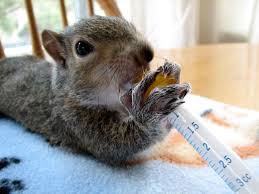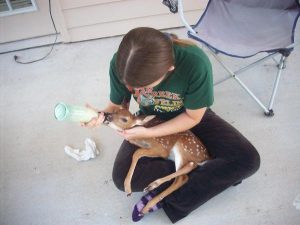Inviting turtles to Lunch
Blueberries: Plant an Extra Bush!
As Omnivores, Box Turtles need more than just some worms and slugs, and have
survived for millions of years eating whatever they came across. As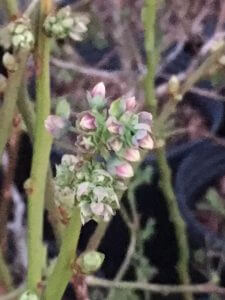
climates settled and became consistent, plants evolved in different
habitats creating reliable food sources which helped our Eastern Box
turtle become the recognizable turtle that we know today.
One plant that evolved with our Eastern Box Turtles in the wooded
under-story, and was once as wild and native as the turtles themselves
is the Blueberry.
There are a few native varieties of Blueberries that can still be found in
scattered patches of old growth woods, around central Virginia, but the
good news is that all varieties of cultivated Blueberries have been
created from these wild bushes and do well in our slightly acidic soil.
Blueberries are considered to be a super food. They provide Fiber, and
are a good source of vitamin K1, vitamin C and manganese, along with
vitamins E, B6 and copper. Blueberries are rich in antioxidants and
may help lower blood pressure , and delay age related brain decline.
Blueberries also may lower blood sugar and improve insulin sensitivity,
and, adverse effects or allergies are very rare.
With all this going for them it is a wonder that we all don’t have
Blueberries growing in our backyards.Perhaps the long term
relationship with blueberries that our native box turtles have, has helped them develop the long lives and the extreme ability to eat just about anything.
Anyway you look at it, Blueberries are good for us and they are good
for wildlife. Box Turtles are not the only critters that enjoy this sunny
summer fruit. Blueberries are a favorite among song birds, small
rodents, foxes, and deer to name a few.
And Blueberries are easy to grow. Blueberry Growers in the northeast
say “if you can grow pines and cedars, You can grow blueberries”
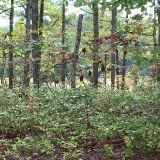
Evidently, the acidic soil that is enjoyed by these native trees is also
enjoyed by blueberries.Coffee grounds can be occasionally placed
around the base of Blueberry plants and acts as an inexpensive
fertilizer, giving the plants a boost.
If you are into companion planting, Strawberries grow well at the base
of Blueberry bushes, benefiting from the scattered shade of the bush
while protecting its roots and holding in moisture, and, strawberries
are also loved by our native box turtles.
Technically, Blueberry bushes are self pollinating and produce both
male and female flowers, but it is recommended to plant more than
one variety for larger fruit, and don’t forget to add an extra bush or two
for the turtles and the wildlife.
Where can you get Blueberry bushes for your yard and garden?
You can find Blueberry bushes at most plant nurseries, but you can
also come by and visit the Box Turtle Sanctuary at The Ashland
Strawberry Festival on June the 16th on the campus of Randolph
Macon College in Ashland VA.We are looking forward to having an
educational booth with turtles, art and Blueberries! Please come by
and Visit and get a Blueberry bush or two for your wildlife!

Come visit the Box Turtle Sanctuary at theThe Ashland Strawberry Faire
on June 16, 2018.
We will have an educational display with live turtles, with a special guest..!
Look for us at RMC Welcome Center
We will also have eARTh Art activities for children of all ages,
and don’t forget to stop by to pick up some blueberry bushes
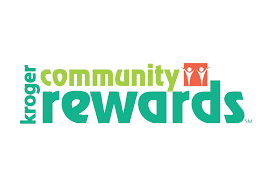 Help Support The Box Turtle Sanctuary every time you shop at Kroger!
Help Support The Box Turtle Sanctuary every time you shop at Kroger!
Did you know you can support The Box Turtle Sanctuary just by shopping at Kroger?
It’s easy when you enroll in Kroger Community Rewards®! Just sign up with your Plus Card,
and select the Box Turtle Sanctuary of Virginia. Once you’re enrolled, you’ll earn rewards every time you shop
and use your Plus Card, and earn fuel points for yourself.
Enroll now for the Kroger Community Rewards Program. And remember…
all participants must re-enroll each year to continue earning rewards for their chosen organization.
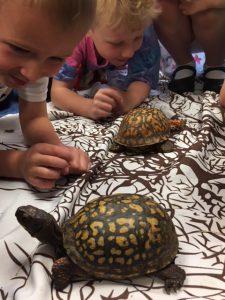
kindergartners learn about the Eastern Box Turtle
Educational Programs are still available for 2018 –
Book Yours Today!
Turtle Parties are great Educational Ohh and Ahhh Moment for Kids of All Ages!
As an Advocate for Turtles, Educational programs are created around their schedule..
Programs are limited!Book Yours Today!
NEW for 2018
Turtles from around the World!
Learn about turtles and their Habitats!
How their shell can help you tell where they live and what they eat!
All Boxed In
Explore a year in the life of An Eastern Box Turtle.
Discover how they survived the days of the dinosaurs and became one of Virginia oldest residents.
Learn how you can help box turtles in your own back yard, or neighborhood, and keep them coming back.
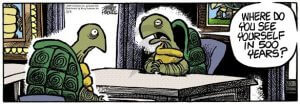
We are growing and need your help!
With the recent help from University of Richmond School of Law,
We are ready to expand our board and are looking for community involvement.
If you or someone you know has a love for turtles, our natural world and sharing this knowledge and are interested in making a difference in your
neighborhood, We would love to talk!
Please drop me an e-mail at art4turtles@gmail.com
Box Turtle Sanctuary of Central Virginia
PO Box 1292
Ashland, VA 23005
art4turtles@gmail.com
804-347-0870
https://boxturtlesanctuaryofcentralva.com
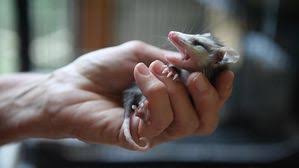 A rehabber, is someone who takes care of those that are recovering from a specific condition, to fix it up and make it better. Often times when someone mentions rehab, we think of drug or alcohol abuse and the process it takes to “get off the wagon”.
A rehabber, is someone who takes care of those that are recovering from a specific condition, to fix it up and make it better. Often times when someone mentions rehab, we think of drug or alcohol abuse and the process it takes to “get off the wagon”.